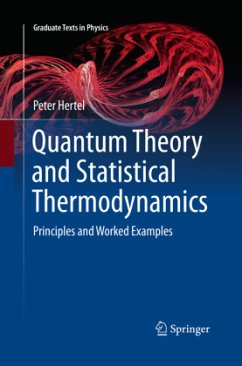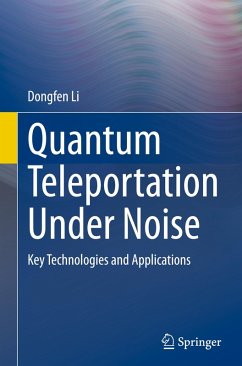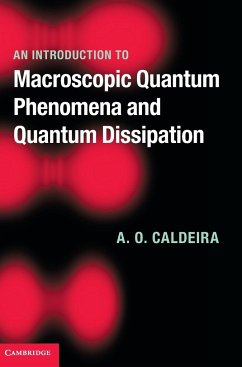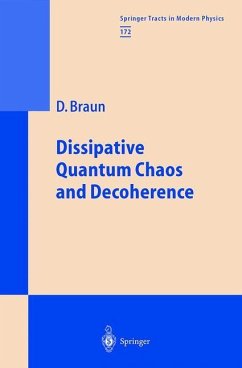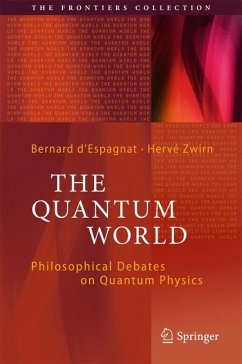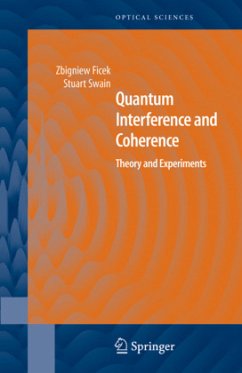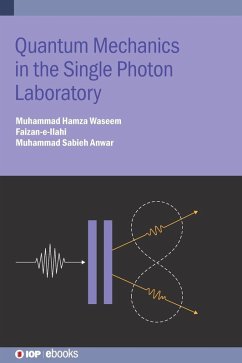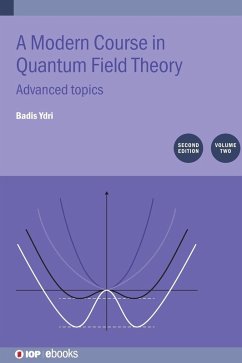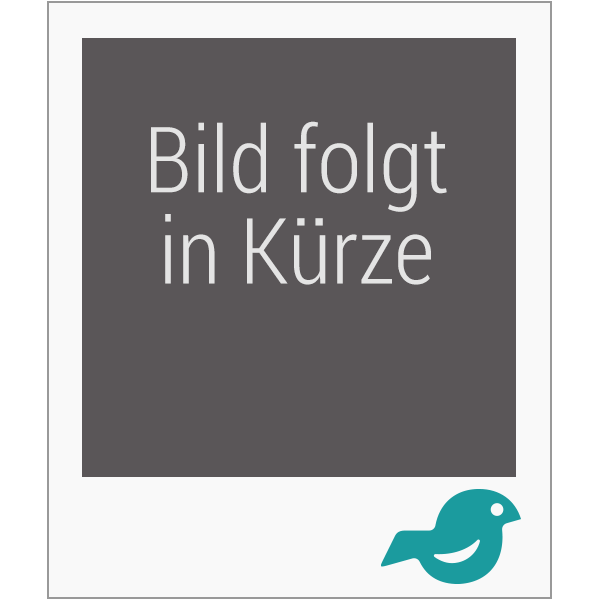
Dissipation and Diffusion of Quantum Light Field
Versandkostenfrei!
Versandfertig in 6-10 Tagen
136,99 €
inkl. MwSt.

PAYBACK Punkte
68 °P sammeln!
This book highlights the discovery of novel light fields and the exploration of the fundamental nature of light. It demonstrates how quantum dissipation and diffusion processes can give rise to the emergence of new light field behaviors.The development of quantum optics as a discipline has uncovered several unique properties of light that classical optics could not explain. Constructing new quantum states of light using innovative methods in quantum optics provides an effective approach for investigating these properties.The authors apply the operator ordering method and the integration within...
This book highlights the discovery of novel light fields and the exploration of the fundamental nature of light. It demonstrates how quantum dissipation and diffusion processes can give rise to the emergence of new light field behaviors.
The development of quantum optics as a discipline has uncovered several unique properties of light that classical optics could not explain. Constructing new quantum states of light using innovative methods in quantum optics provides an effective approach for investigating these properties.
The authors apply the operator ordering method and the integration within ordered products-both of which they developed-together with the entangled state representation, to study the evolution of various optical fields. It has been found that the density operators of final states can be arranged according to a specific operator ordering rule and expressed in terms of special functions. This approach contributes meaningfully to theoretical quantum optics. The method s effectiveness lies in its ability to arrange density operators in a way that theoretically minimizes the entropy of the light field, making it a promising and analytically tractable framework. The book presents results obtained through this innovative method, which is both self-contained and intellectually engaging, embodying the elegance of theoretical physics.
By studying this book in depth, readers will systematically gain knowledge of quantum light field dissipation and diffusion, thereby deepening their understanding of quantum theory. Additionally, this work offers new methods and ideas for research in quantum optics, quantum statistics, and quantum information theory. It will be a valuable reference for instructors, students, and researchers in the fields of quantum mechanics, quantum optics, and quantum information science.
The development of quantum optics as a discipline has uncovered several unique properties of light that classical optics could not explain. Constructing new quantum states of light using innovative methods in quantum optics provides an effective approach for investigating these properties.
The authors apply the operator ordering method and the integration within ordered products-both of which they developed-together with the entangled state representation, to study the evolution of various optical fields. It has been found that the density operators of final states can be arranged according to a specific operator ordering rule and expressed in terms of special functions. This approach contributes meaningfully to theoretical quantum optics. The method s effectiveness lies in its ability to arrange density operators in a way that theoretically minimizes the entropy of the light field, making it a promising and analytically tractable framework. The book presents results obtained through this innovative method, which is both self-contained and intellectually engaging, embodying the elegance of theoretical physics.
By studying this book in depth, readers will systematically gain knowledge of quantum light field dissipation and diffusion, thereby deepening their understanding of quantum theory. Additionally, this work offers new methods and ideas for research in quantum optics, quantum statistics, and quantum information theory. It will be a valuable reference for instructors, students, and researchers in the fields of quantum mechanics, quantum optics, and quantum information science.




